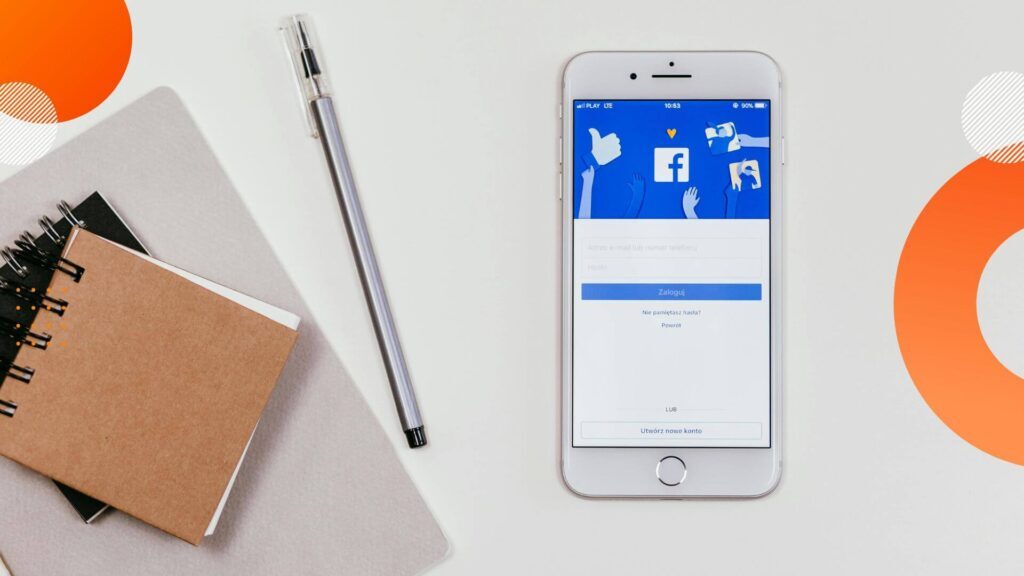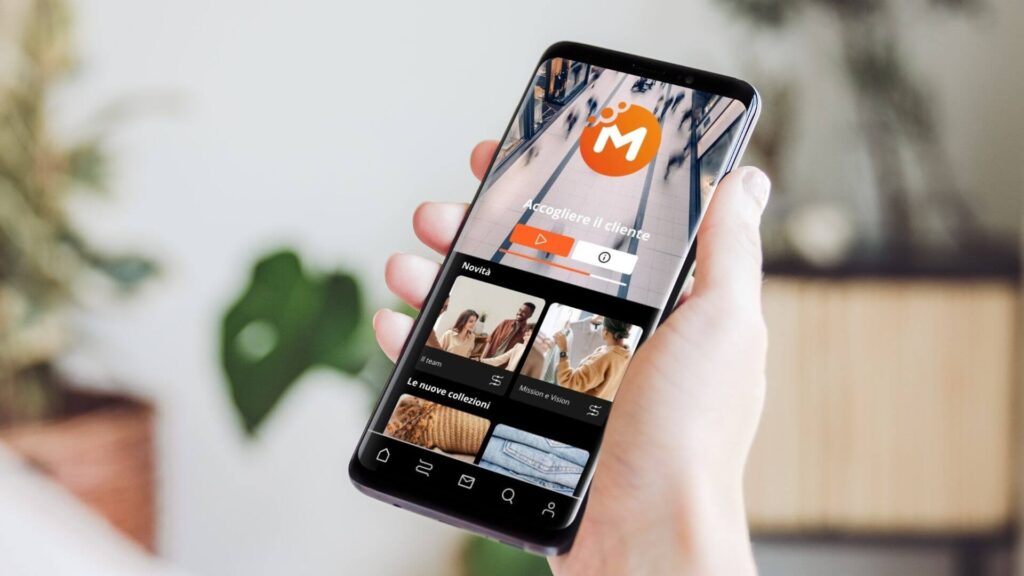Since its creation in 2016, Workplace by Facebook has significantly impacted how organisations approach internal communication and employee engagement. Designed to leverage the familiarity and user-friendliness of Facebook’s social media interface, Facebook Workplace offered a platform where employees could connect, collaborate, and communicate more effectively.
This tool revolutionised many companies, providing a space that blended the social and professional worlds. With features designed to streamline communication and enhance collaboration, Facebook Workplace allowed employees to interact through familiar social feeds, groups, and messaging systems, fostering a more informal and accessible communication style.
This approach made it easier for employees to engage with each other and created an environment where information could be shared freely and efficiently.
You can click here to explore how Workplace operates and its features.
However, as announced, Facebook has decided to wind down Workplace. This decision, aimed at focusing on their core business areas, means that organisations must find new solutions to continue the benefits that Workplace provided.
Here’s the deadline:
- Until August 31, 2025, it will be possible to use Workplace as usual.
- September 1, 2025 – May 31, 2026, Workplace will only be accessible to read and download existing data.
- June 1, 2026, the access to Workplace will be terminated, and your Workplace will be deleted.

Why Facebook Workplace Mattered
So, why was Facebook Workplace such a hit? Here’s a quick rundown of why it became an indispensable tool for so many organisations:
1. Creating a Sense of Belonging
Facebook Workplace made employees feel part of something bigger. Enabling informal interactions and connections nurtured a sense of community crucial for morale. Imagine a team that, even when scattered across different offices, feels connected through a shared space where they can chat, share ideas, and celebrate wins.
2. Encouraging Social Learning
The platform’s ability to facilitate peer-to-peer learning was a game-changer. Employees could easily share tips and tricks, ask questions, and learn from one another. For example, a sales team might share successful pitch strategies or customer service techniques that others could instantly apply.
3. Boosting Engagement and Motivation
The Workplace’s interactive features kept employees engaged and motivated. Whether it was company updates, team achievements, or instant feedback, they created a vibrant and responsive work environment.
4. Enhancing Performance
Better communication and collaboration improved performance. Teams could coordinate more efficiently, solve problems faster, and share insights that drove productivity. Think of it as a central hub where team members could streamline workflows and avoid duplication of effort.
5. Reducing turnover
Facebook Workplace creates a connected and engaged workforce. Employees who feel they belong and continuously learn are more likely to stay with the company.

Why Companies Were Using Facebook Workplace
Workplace from Facebook became an integral part of many organisations for several compelling reasons:
1. User-Friendly Interface
One of Workplace’s standout workplaces is its familiar, user-friendly interface. Built to mirror the everyday Facebook experience, it required minimal training for employees to get started. This ease of use meant that organisations could quickly implement the platform without a steep learning curve, leading to faster adoption and integration.
2. Enhanced communication
Workplace provided a suite of communication tools that facilitated better interaction across teams. Features like groups, chat, and video calls allowed seamless collaboration. For instance, a multinational company could use WoWorkplaceo to bridge time zones and geographic distances, ensuring that teams in different countries remained in sync and could work together effectively.
3. Integrated Knowledge Sharing
The platform’s capability to share files, documents, and updates in real-time streamlined how information was disseminated within companies. This integration meant employees had easy access to the latest knowledge and resources. For example, a product development team could quickly update all stakeholders on new product specifications or changes, reducing misunderstandings and keeping everyone on the same page.
4. Customisation and integration
Facebook Workplace offered a high degree of customisation, allowing organisations to tailor the platform to their specific needs. Companies could create custom groups, integrate with other tools and systems, and customise the user experience to align with their brand identity. This flexibility meant that Facebook Workplace could be adapted to fit various industries’ unique workflows and requirements.
5. Enhanced security
For many companies, security was a top priority. Workplace from Facebook provided enterprise-grade security features, including data encryption, secure access controls, and compliance with international data protection regulations. This focus on security helped reassure companies that their internal communications and information were protected.
6. Scalability
Facebook Workplace was scalable, making it suitable for organisations of all sizes. Whether a company is a small startup or a large multinational corporation, Facebook Workplace accommodate its needs. This scalability allowed organisations to start with a smaller implementation and expand as needed, ensuring that the platform grew with the company.

Enter MobieTrain: The Next Big Thing
With Facebook Workplace about to close, it’s time to consider alternatives offering similar, if not better, benefits. Here’s where MobieTrain comes in. This innovative all-in-one employee platform is poised to take employee training and engagement to the next level. Here’s why it’s a brilliant choice:
1. Mobile-First Magic
MobieTrain’s mobile-first design means your team can access training materials on the go. This is particularly valuable for those in customer-facing roles who are often away from their desks. Imagine a retail associate getting instant updates on new product features while on the shop floor.
2. Microlearning for Maximum Impact
MobieTrain’s approach breaks training into bite-sized chunks, making it more manageable and engaging. For instance, a short, interactive module on customer service techniques can be completed quickly during a break, seamlessly fitting learning into the workday.
3. Gamification Galore
With gamification, MobieTrain turns training into a fun experience. Employees can earn points, compete on leaderboards, and unlock rewards, which keeps them motivated and engaged. Picture a team member who, while learning new sales techniques, is also striving to climb the leaderboard.
4. Insightful Analytics
MobieTrain provides detailed analytics on how employees engage with the content. This helps organisations tailor their training strategies and measure effectiveness. For example, if specific topics are frequently revisited, it might indicate a need for more in-depth training.
5. Building a Collaborative Community
Like Workplace, MobieTrain fosters a sense of community. Employees can share their achievements and insights, which promotes a culture of continuous learning and collaboration. Imagine a customer service team sharing success stories and learning tips in a dedicated space.
In Conclusion
As we bid farewell to Workplace from Facebook, embracing a platform like MobieTrain offers a fantastic opportunity to maintain, if not enhance, the benefits we’ve enjoyed. With its mobile-first approach, engaging microlearning, and collaborative features, MobieTrain is well-equipped to support a dynamic and connected workforce in the evolving landscape of employee engagement.
Cheers to a new chapter in making workplaces more engaging and effective. Start today with MobieTrain!
